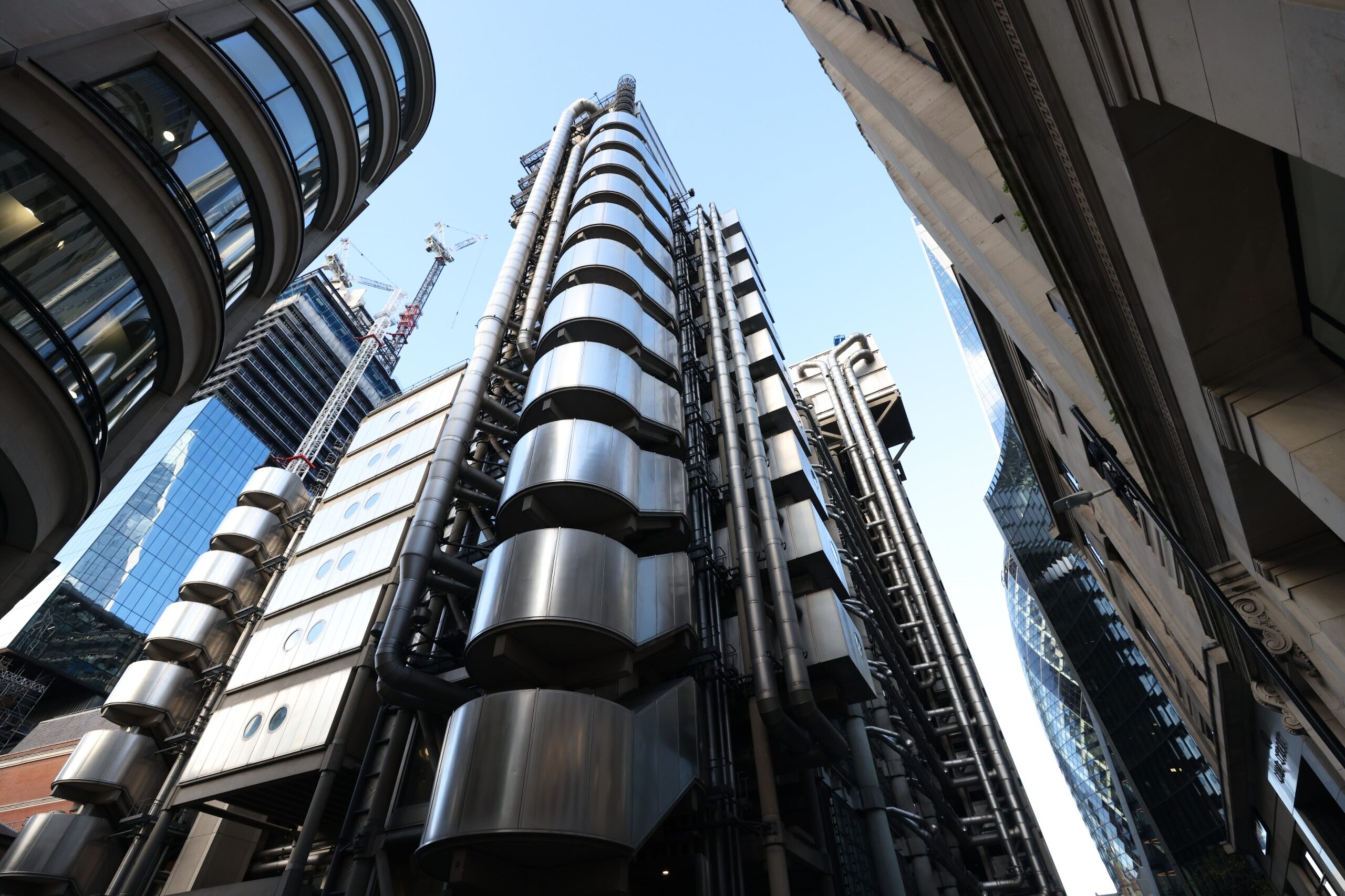Society of Lloyd’s, better known as Lloyd’s of London, has reached an agreement to remain in its One Lime Street headquarters until at least 2035, the Financial Times reported.
The deal with landlord Ping An Insurance Group, which came together on Friday, not only grants Lloyd’s an option to stay in the Richard Rogers-designed high-rise until 2040, but also involves a commitment to invest in reducing the Grade I-listed building’s energy footprint, the newspaper reported.
Lloyds Chairman Bruce Carnegie-Brown emphasized the significance of face-to-face trading, highlighting the insurer’s underwriting room – a network of desks centered around the iconic Lutine Bell – as holding “a special place in our market’s collective consciousness,” according to the FT.
The building is among those listed by Historic England, which cites its “boldly expressed services and flexibility of plan throughout the impressive exterior and interior.”
Lloyds, with roots tracing back to a 17th-century London coffee shop, has called the distinctive building home since 1986. Yet the era of remote work during pandemic shutdowns and the rise of digital trading prompted discussions about potentially moving away from in-person dealings and the One Lime Street in London’s main financial district.
However, senior executives rallied behind retaining a physical presence and continuing operations in the building.
The agreement with Ping An, the Chinese insurance company that’s owned the building for a decade, allows Lloyd’s to pursue the renovation of workspaces and further refurbishments, focusing on energy efficiency enhancements, the FT reported. The building currently holds an energy rating of E, with A+ being the best and G the worst.
Investors are committing to a record volume of new London office construction projects as developers race to upgrade older buildings and meet rising environmental regulations and customer demands.
Builders broke ground on 43 projects in the six months through September, representing 5.1 million square feet (474,000 square meters) of space, according to a survey conducted by Deloitte. That’s the most since the consultancy began collecting the data in its current form in 2005.
Photograph: Lloyd’s of London headquarters. Photo credit: Hollie Adams/Bloomberg
Topics Excess Surplus Lloyd’s London

